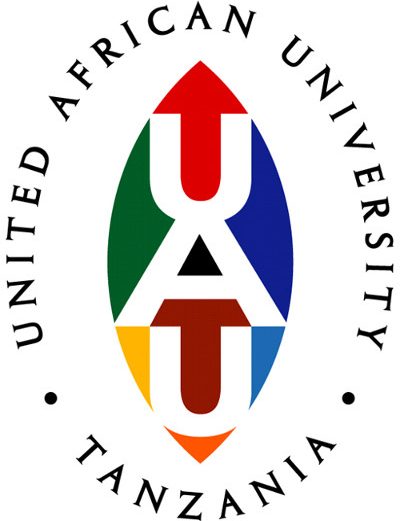
The context in which learning takes place at UAUT
The “learning environment” that UAUT provides for students traditionally has been thought about in two dominant forms: the physical, and the socio-cultural. The physical environment includes things like: computers, chairs arranged in a circle or around a square table, provision of residential care, access to library and other information resources, access to laboratory or other discipline-specialist environments, and so forth.
Currently, the “learning environment” that we provide for our students at UAUT takes two different dominant forms: the physical and the virtual. Both allow us space to explore the socio-cultural. The virtual environment which supplements our physical environment offers us an opportunity to work outside the restrictions of time and place. We do not need to stay in our chairs to continue the discussion, we can build and reflect and return to the topic in threaded discussions. We can explore details and processes over and over again, drilling down into images, listening again to key explanations, revisiting challenging concepts. We can also access the library online collections at any time from our bedrooms, or an internet cafe.
The socio-cultural environment, and what we can do to influence it, is less straightforward to get our head around – at least at first glance. In a paper entitled Cognitive Apprenticeship: making thinking visible – the subtitle says it all – the essence of much good teaching practice, and its role in shaping an appropriate learning environment, is summed up or represented using just a handful of keywords. These have served me well in nearly ten years of using this framework with colleagues seeking to improve how to deliver on the expectations that they experience as teachers in higher education. These keywords relate both to actions taken by the teacher: modelling; coaching; scaffolding (and fading); and actions requested of the student: articulating, reflecting and exploring. I’ve inserted the word fading together with the word scaffolding because it helps to signify the dynamics that underpin good teaching. Good teachers will sequence tasks and move the goal posts in such a fashion that students not only become increasing able, but also increasingly independent learners.
In addition to modelling, coaching, scaffolding (and fading), Blending learning is a new art that underpins good teaching amongst teachers who use both physical and virtual learning environments (VLE). The art of blending is to make informed and considered choices as to the activities, tasks and tools you use to structure pathways of learning. Finding an appropriate blend or design is often a process of iterative trial and error informed by reflective practice.
Making informed choices in this way amounts to a process of practice-based learning, involving the exercise of professional judgement underpinned by an educational rationale. The Cognitive Apprenticeship framework is one tool that can be used to help clarify this rationale and hence help to hone the capacity to make appropriate judgements, no matter what combination of physical, virtual or blended setting you work in.
Exploring the next generation digital learning environments
It is not sufficient to simply make a bunch of small web-hosted things and claim we have ‘implemented’ the Next Generation Digital Learning Environments (NGDLE). We must be able to coherently search, find, re-construct and re-combine those ‘small pieces’ in a way that allows teaching and learning to happen. To do this, each of the learning application and content providers must master detailed interoperability standards to allow us ‘mash up’ and bring those distributed and disparate elements back together. While there has been much said about the ultimate shape and structure of the NGDLE, and there are many current and emerging interoperability standards, there is little effort to build and train providers with usable technology that will empower thousands or hundreds of thousands of people to create and share applications and content that will populate the new learning ecosystem.
In effect, we need to build the educational equivalent of the software eg. Apple App Store and android app. Except that it needs to be open and extensible and not depend on a single vendor intent on maximizing shareholder value. UAUT has a 100 per cent open source production-ready application and content hosting system that is simple enough to use to allow interoperable and pluggable learning applications or learning content to be built, hosted, deployed and shared by individuals or various-sized organizations.
An interactive online learning environment for students
The new interactive online learning environment for our students enables them to achieve the required level of precision, appropriateness and consistent control over the use of complex online learning resources through independent learning. It combines the following essential features:
- Training in varied competencies at wide-ranging levels according to the curriculum requirements
- Constant automatic monitoring and immediate assessment of the learner’s progress
- Immediately generated feedback
- Immediate availability of individually designed teaching materials targeting the individual needs of the learner
- The project makes use of varieties software’s to help delivery of virtual learning and assessment.

